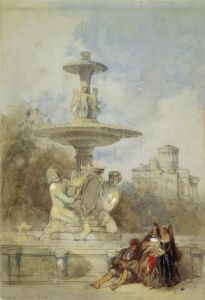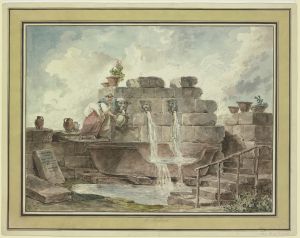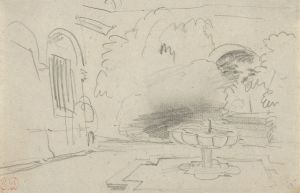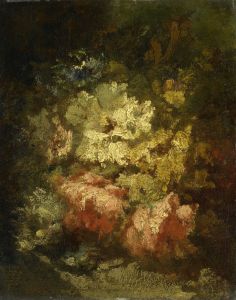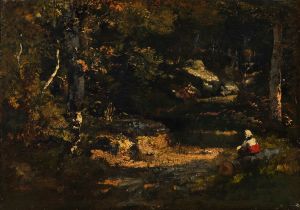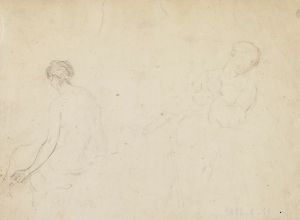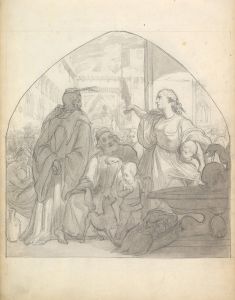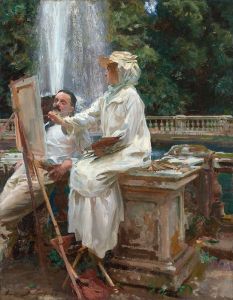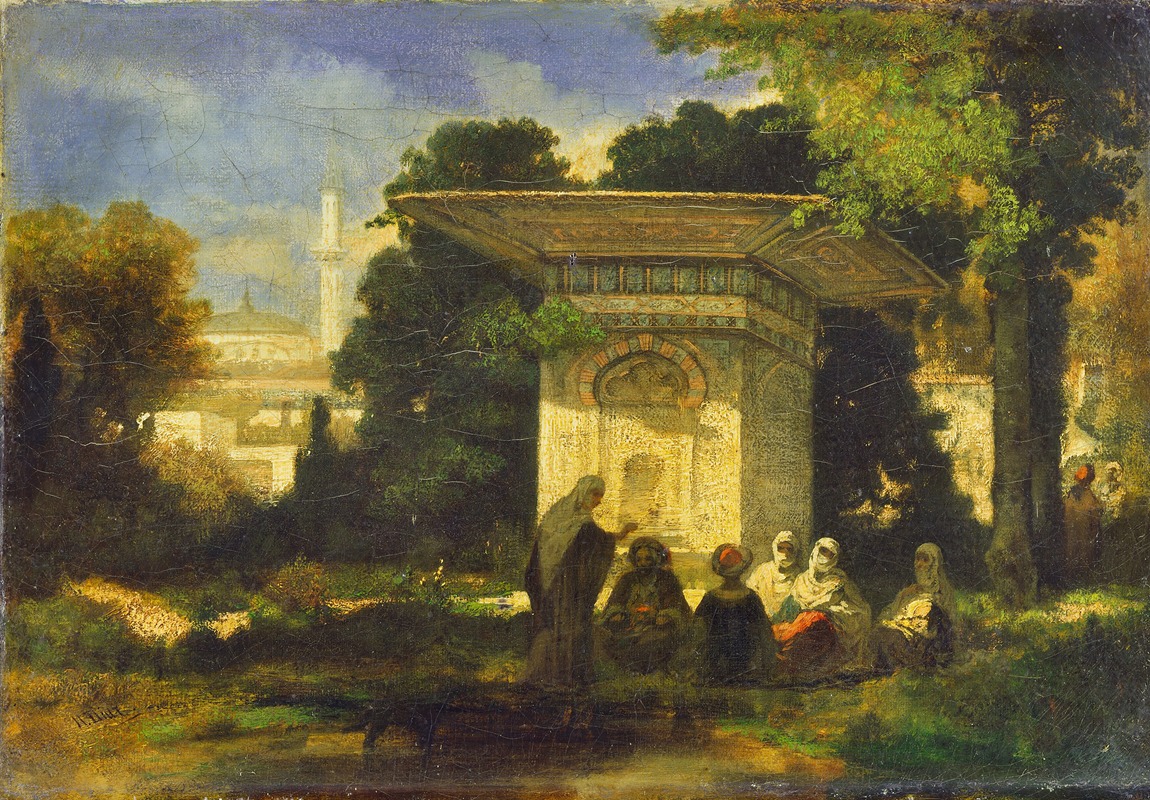
A Turkish Fountain
A hand-painted replica of Narcisse-Virgile Diaz de La Peña’s masterpiece A Turkish Fountain, meticulously crafted by professional artists to capture the true essence of the original. Each piece is created with museum-quality canvas and rare mineral pigments, carefully painted by experienced artists with delicate brushstrokes and rich, layered colors to perfectly recreate the texture of the original artwork. Unlike machine-printed reproductions, this hand-painted version brings the painting to life, infused with the artist’s emotions and skill in every stroke. Whether for personal collection or home decoration, it instantly elevates the artistic atmosphere of any space.
Narcisse-Virgile Diaz de la Peña, a prominent French painter of the 19th century, is known for his contributions to the Barbizon School, a movement that emphasized naturalistic landscapes and scenes inspired by the French countryside. Among his diverse body of work, the painting titled A Turkish Fountain reflects his interest in exotic and romantic themes, which were popular during the Romantic period.
A Turkish Fountain depicts a scene centered around a fountain, presumably in a Turkish or Ottoman setting. The painting showcases Diaz de la Peña's characteristic use of vibrant colors, rich textures, and dramatic contrasts of light and shadow. While the exact date of the painting's creation is not definitively documented, it aligns with the artist's broader exploration of Orientalist themes, which were influenced by the 19th-century European fascination with the cultures and landscapes of the Middle East and North Africa.
Diaz de la Peña's Orientalist works, including A Turkish Fountain, were not based on direct observation or travel to the regions they depicted. Instead, they were inspired by second-hand accounts, literature, and the works of other artists who had traveled to the East. This approach was common among European artists of the time, as Orientalism often reflected a romanticized and idealized vision of the East rather than an accurate representation.
The painting's composition likely includes figures in traditional Ottoman attire, architectural elements characteristic of the region, and a focus on the interplay between human activity and the surrounding environment. These elements are consistent with Diaz de la Peña's ability to blend human presence with natural and architectural settings, creating a harmonious and evocative scene.
As with many of Diaz de la Peña's works, A Turkish Fountain demonstrates his skillful brushwork and his ability to convey atmosphere and mood. His use of color and texture creates a sense of warmth and richness, drawing the viewer into the scene. The painting reflects both his technical mastery and his engagement with the artistic trends of his time.
While A Turkish Fountain is not as widely studied or documented as some of Diaz de la Peña's other works, it remains an example of his versatility as an artist and his ability to adapt his style to a variety of subjects. Today, the painting is appreciated for its aesthetic qualities and its place within the broader context of 19th-century European art.






